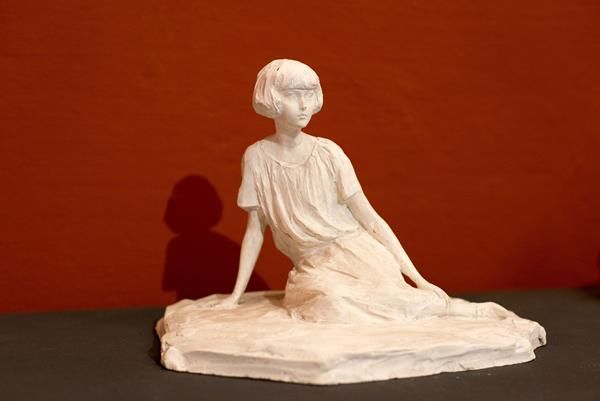
Landscape Museum and Troubetzkoy Gipsoteca
-
Via Ruga, 44 28922 Verbania
-
Tickets:
€5 full price
€3 reductions -
Opening hours:
Tuesdays, Wednesdays and Fridays: 10 am to 6 pm
Thursdays: 3 pm to 10 pm
Saturdays, Sundays and bank holidays: 10 am – 7 pm
In Pallanza, the historical seat of the noble palace Viani Dughani, born in 1909 at the behest of Antonio Massara, there is the Museo del Paesaggio - the Landscape Museum - which holds collections of paintings and sculptures from the nineteenth and twentieth centuries, the result of numerous donations and bequests.
Of considerable importance is the Gypsoteca Troubetzkoy, which presents an excellent selection of works in plaster by the Impressionist sculptor who was considered one of the greatest sculptors of the twentieth century, compared to Rodin.
150 plaster sculptures, part of the collection of works donated to the museum by the artist's heirs by his own will. The museum has 306 sketches and models in plaster, 1 in raw earth, 9 in plasticine, 6 waxes by casting, 6 bronzes and 12 marbles for a total of 340 works by the great artist. The works on display, fundamental in the formation of a sculptor defined as an "impressionist" by international critics, are all extraordinary for their technical quality and emotional intensity. Among his favourite materials and subjects there are elegant female figures, delicate nudes, animals, dancers and live portraits, light and almost talking sculptures that tell the years of Troubetzkoy spent at Brera.
Let's remember that the secret of the lightness of Troubetzkoy's sculptures lies in working soft materials such as clay, molded wax, putty with a splint and using his unusually thin and tapered fingers, leaving in the malleable material colored brushstrokes full of temperament, which convey the essence of his psycho-physical nature and react differently to light. Famous are the patinas of his chalks - bronze, ochre yellow, olive green - and the exclusive technique of lost wax casting, the only one, in his opinion, that could maintain all the details of the original artifact.
International Museum of Ceramic Design (MIDeC)
-
Lungolago Perabò, 5 - Cerro di Laveno Mombello
-
Tickets:
€5 full price
€3 reductions for over 65, students 14 - 26 years old
€ 4 and groups of at least 26 people
Free for children or teenagers up to 14 years old and disabled -
Opening hours:
Friday, Saturday and Sunday
10.00 - 13.00, 14.00 - 17.00 (last entry 30 minutes before closing time)
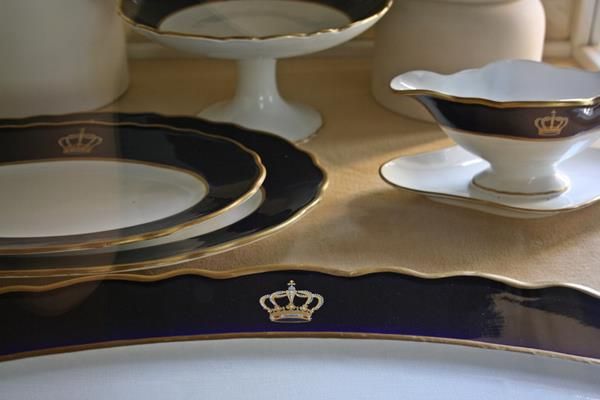
International Museum of Ceramic Design (MIDeC) or Civic Collection of Pottery, is a fitting tribute to Laveno Mombello and its pottery tradition.
From 1856 onwards, the town has hosted thousands of potters, including some of international fame, who have created beautiful objects intended for everyday use and refined artistic products of high quality.
The International Museum of Ceramic Design is housed in Palazzo Perabò, a prestigious 16th-century building located in Cerro, on the shores of Lake Maggiore on the tip of the promontory that juts out into the lake south of Laveno.
With a recently renovated beautiful double cloister walk, the palazzo has endured a complex, curious and highly eventful history . Palazzo Perabò was built on the wishes of counts Guilizzoni from Cerro at the end of 1500s, when the leadership of the county was handed over to this local family. Over the centuries, the ownership of Palazzo Perabò was transferred several times until it was put up for auction and purchased by Don Leopoldo Perabò who transformed the building into a non-profit organisation. In 1968 the municipal administration of Laveno decided to purchase the building in order to display the valuable collection of local pottery. On 9 May 1971 the museum was inaugurated under the name Civica Raccolta di Terraglie (Civic Collection of Pottery).
The collection documents the production of earthenware from the mid-1800s to the present day in the Lombard area.
On the main floor of the Palazzo, numerous rooms are set up that display pieces (mostly from the collection of artistic pieces by Richard Ginori) such as finely decorated large vases, umbrella stands, dishes and tableware created between the late 19th and early 20th century by the craftsmen of Italian Ceramic Society (SCI) of Laveno Mombello. Other works on display include Art Nouveau-style objects and rare specimens of sanitary fittings made by Italian and foreign companies. Sculptures and ceramic panels by A. Biancini, A. Campi, G. Andlovitz, P. Melandri and G. Gariboldi adorn the walls and halls of the Palazzo, attesting to the highly artistic works produced in Laveno's ceramic workshops.
In the last decade, the collection has been enriched with works by contemporary artists who believe that the world of ceramics is deserving of further investigation.
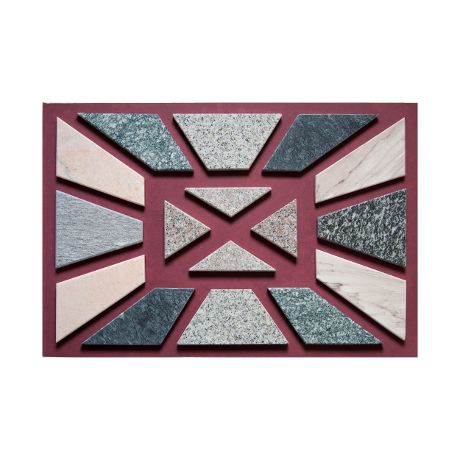
Granite Museum GranUM
-
Piazza della Chiesa, 8, 28831, Baveno
-
Tickets:
€5 full price
€3 reductions for over 65, students 14 - 26 years old
€ 4 and groups of at least 26 people
Free for children or teenagers up to 14 years old and disabled -
Opening hours:
Every day
09.00 - 12.30, 15.00 - 18.00
Pink granite is the protagonist of the territory of Baveno, where the Granite Museum GranUM was born. The name GranUM derives from the union of the word "granite" and the letters UM (MU, if read in the opposite direction), which stands for Museum.
A rich collection is divided into various multimedia and multisensory paths of four thematic areas and presents the most famous stone varieties and mineralogical rarities to the history of granite processing and its use.
Inside closed showcases there are 45 crystals of mineralogical interest, with a prevalence of quartz, fluorite and orthoclase and some of bavenite, titanite, epidote, albite and tourmaline.
There are also petrographic samples: pink granite from Baveno, white from Montorfano, green from Mergozzo, pink marble from Candoglia, cloud from Crevoladossola, beola and serizzo.
The minerals of Baveno granite are the subject of numerous and important works of study. Museum also has an open-air extension represented by the Picasass path, which takes its name from the dialectal term with which the quarrymen were indicated. The hiking trail leads to the mining area of Monte Camoscio and to a landscape installation consisting of stone blocks in different stages and photographic panels with work scenes.
Church of San Defendente
-
Via S. Defendente, 12, 21014 Laveno-Mombello
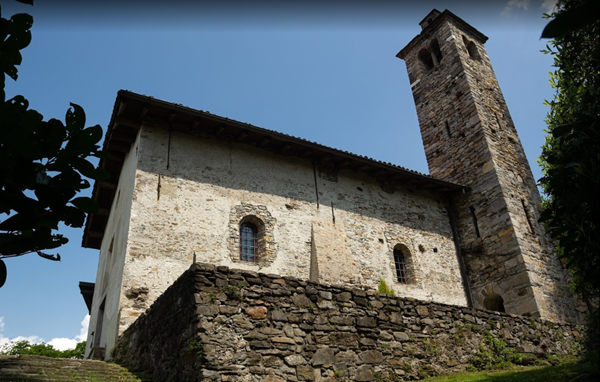
A hidden jewel to admire away from the chaos. The oldest church in the municipality, already mentioned in documents from 846. The central body has maintained its archaic features with its gabled façade, single nave and arch dividing the presbytery. The Romanesque bell tower dates back to the 11th century.
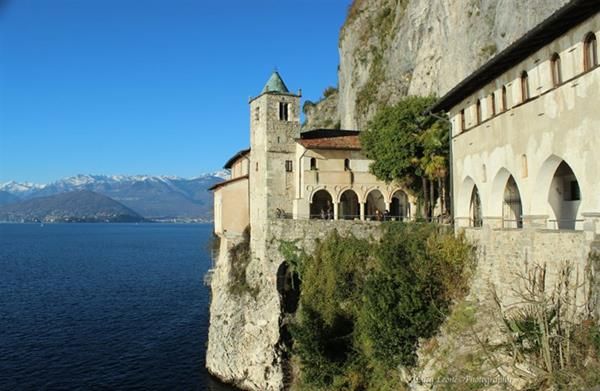
Eremo di Santa Caterina del Sasso
-
Via Santa Caterina, 13, 21038 Leggiuno
-
Tickets:
€5 full price
€3 reductions for people over 65 years old -
Opening hours:
Monday - Friday
13.30 - 18.00
Saturday and Sunday
10.00 - 18.00
Santa Caterina del Sasso is without doubt one of the most evocative sceneries of Lake Maggiore.
According the legend, the Hermitage was founded by Alberto Besozzi, a rich local merchant who, having escaped a cloudburst during the crossing of the lake, decided to retire to that stretch of coast and lead a hermit's life there.
Blessed Albert ordered to build a chapel dedicated to Saint Catherine of Egypt, which is currently visible at the bottom of the church. The chapel, which dates back to the 12th century, was soon flanked by two other churches, that of San Nicola and Santa Maria Nova, whose existence is certain from the 14th century.
Access to the church is through a portico made up of four round arches of Renaissance style. The present building has a truly singular structure, the result of the fusion of three chapels, which were originally distinct and were built in different periods. Numerous are the pictorial cycles present outside and inside the church, which cover a period from the 14th to the 19th century. Art and history blend beautifully into one of the most evocative natural settings, almost a balcony stretching out towards the Borromeo Gulf, Stresa and the islands.
Currently the religious management of the Hermitage is entrusted to the Franciscan Fraternity of Bethany.
Villa and Collection Panza
-
Piazza Litta, 1, 21100 Varese
-
Tickets:
€15 full price
€7 reductions for over 65, students 6 - 18 years old
€10 for students up to 25 years old
Free for children up to 5 years old -
Opening hours:
Tuesday to Sunday and on public holidays
10:00 a.m. - 6:00 p.m.
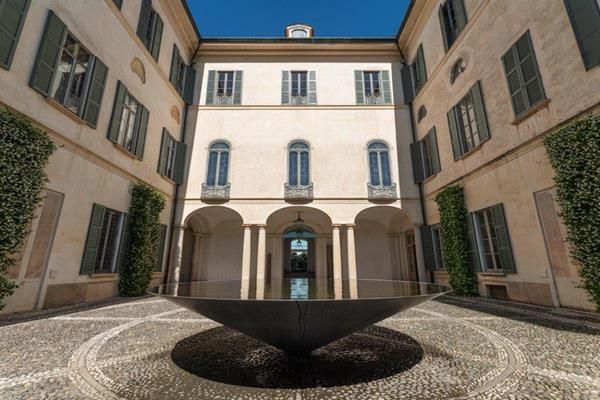
An eighteenth-century villa known throughout the world as a center of contemporary art, thanks to the Milanese collector Giuseppe Panza di Biumo.
Villa Panza opens its windows onto a magnificent Italian garden and houses a collection of more than 150 extraordinary works of American contemporary art, collected since the 1950s and represents a place of cultural union between Europe and America in its full expression.
The villa boasts an astonishing gallery of site-specific environmental artworks, almost a temple consecrated to the element of light with the largest concentration of works perpetually exhibited by Dan Flavin, works by James Turrell and Robert Irwin. There are always international exhibitions in progress, as well as a calendar of educational activities for children. The 33,000 sq.m. park, enriched by Land Art works and the Restaurant "Luce" allow you to spend a whole day here.
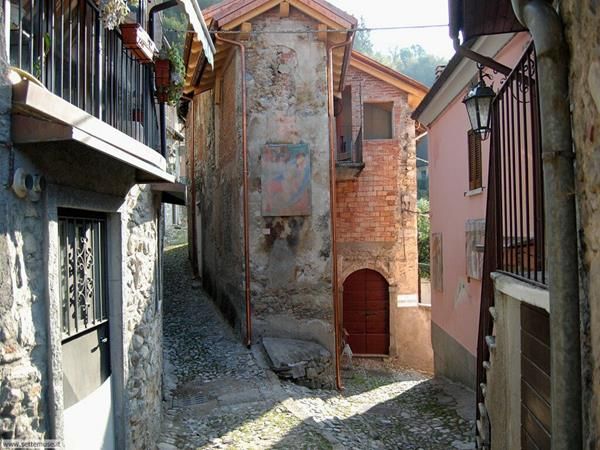
Arcumeggia
The most famous painted village in the province of Varese and the first experience of "Outdoor Fresco Gallery" in Italy.
This small village is a charming agglomeration of rural houses that tells of an agricultural society with activities related to sheep farming and a dense vegetation of chestnut trees, oaks, locust trees and beautiful summer pastures.
Emptied by emigration Arcumeggia was chosen as the venue for the event "Painters on holiday", which would attract artists capable of reviving figurative art, as opposed to the abstract and informal avant-garde.
Among the attractions of the town there is the Fresco Gallery, the Painter's House, where artists can stay overnight and work on the sketches for the preparation of their frescoes. Among the most famous frescoes are "Runners" by Aligi Sassu, dedicated to the very strong cycling tradition in Varesotto, the biggest fresco "Abitanti e lavori del posto" by Remo Brindisi, a festive "Corrida" by Gianni Dova in front of the Locanda del Pittore.
Of evocative beauty are the ancient courtyards filled with the scent of hay, the Churchyard dedicated to Sant'Ambrogio, where you can admire the frescoes of the 14 Stations of the Cross painted by eleven different painters and the Via degli Allievi, located in the heart of the village.
Every summer the paintbrushes colour the old houses, known and less known names chase each other in the cobbled alleys.
Rocca di Angera
-
Via Rocca Castello, 2, 21021 Angera
-
Tickets:
€15 full price
€7 reductions for over 65, students 6 - 18 years old
€10 for students up to 25 years old
Free for children up to 5 years old -
Opening hours:
Tuesday to Sunday and on public holidays
10:00 a.m. - 6:00 p.m.
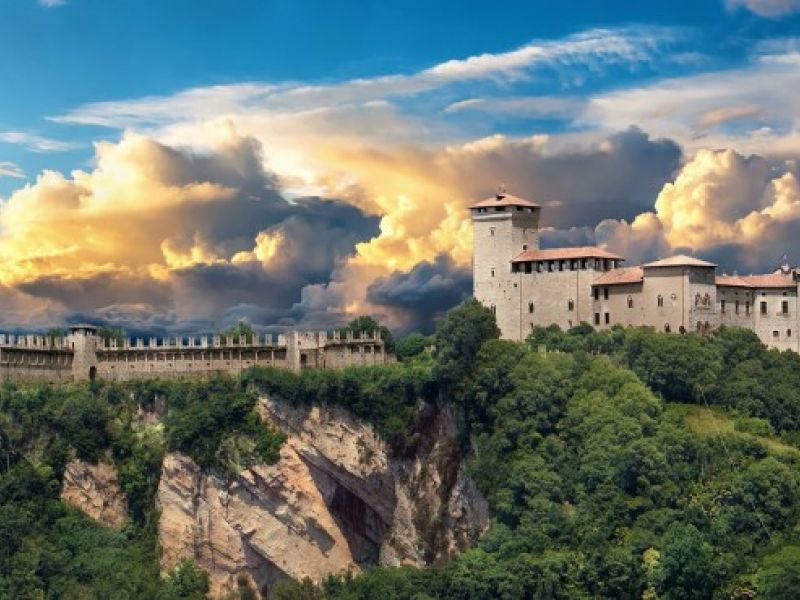
Rocca di Angera is one of the few fully preserved medieval fortified buildings.
Surrounded by the limestone rock overlooking the shores of Lake Maggiore, the fortress had, since the Middle Ages, a strategic importance both from a military and commercial point of view.
Initially owned by the Archiepiscopal Canteen, the Rocca d'Angera was acquired in 1384 by the Visconti family. Once the Visconti Seigniory died out in 1449, the Community of the Ambrosian Republic decided to sell it to the ducal treasurer Vitaliano Borromeo and still today the Fortress belongs to the Borromeo family.
The architectural style of the Fortress dates back to the 12th and 14th centuries and has 5 bodies erected in different periods. The Main Tower or Castellana, built between the end of the 12th and the beginning of the 13th century, rests on a square plan and offers a view that embraces the mountains and the shores of Lake Maggiore. The main tower is leaned against the palace known as Ala Viscontea while the other wing is called Ala dei Borromei, to whose family are attributed the major interventions after the fifteenth century. The small palace "alla scaligera", dating back to the 13th century, is located between the walls and the remains of an older tower. Finally, the last body is the Tower of Giovanni Visconti, built around 1350 during the Archbishopric of Giovanni Visconti, the body is located in the area adjacent to the southern end of the Visconti Wing.
Among the rooms of the Fortress there is the beautiful Hall of Justice that houses the cycle of frescoes painted in the twelfth century by the anonymous "Master of Angera", which represented events related to the life of Archbishop Ottone Visconti.
Rocca d'Angera also houses a wonderful collection of vintage dolls, a real excursus between dolls, toys, books, miniature furniture, board games and society from the eighteenth century to the present day.
Finally, the ricent colorful Majolica Collection on display in the Mythology Room: three hundred and more rare pieces of Dutch, French, German, Italian, Spanish, Persian and Chinese manufacture. The display is a sort of thick and colorful "tapestry" and proposes the original aspect of the collection createded with care and devotion by Madame Gisèle Brault-Pesché in her house-museum in Tours. A triumph of passion for collecting, the pleasure of research and attention to detail that never cease to amaze.
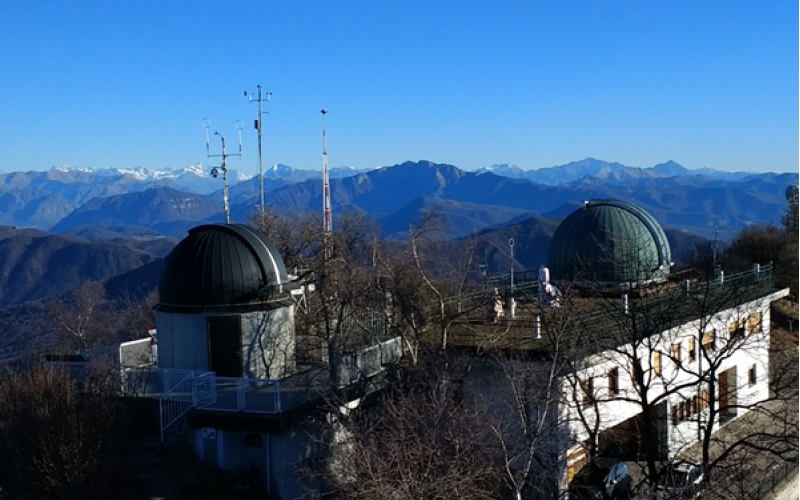
Astronomical Observatory G. V. Schiaparelli - Campo dei Fiori
-
Località Campo dei Fiori, 21020 Varese
On the top of Campo dei Fiori di Varese, at 1230m above sea level, stands the Astronomical Observatory G. V. Schiaparelli - Campo dei Fiori where for over half a century there is the Citadel of Nature Sciences, founded by Salvatore Furia.
It is the destination of thousands of visitors a year, including groups, schools and private individuals, for day or night visits. With its three domes, it is also an important scientific centre at international level. The Observatory's main telescope is an 84cm diameter reflector, one of the largest amateur telescopes in Italy and Europe.

